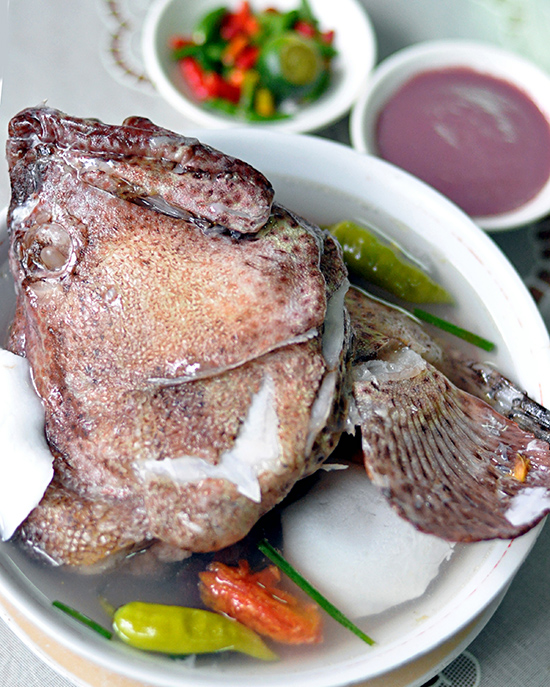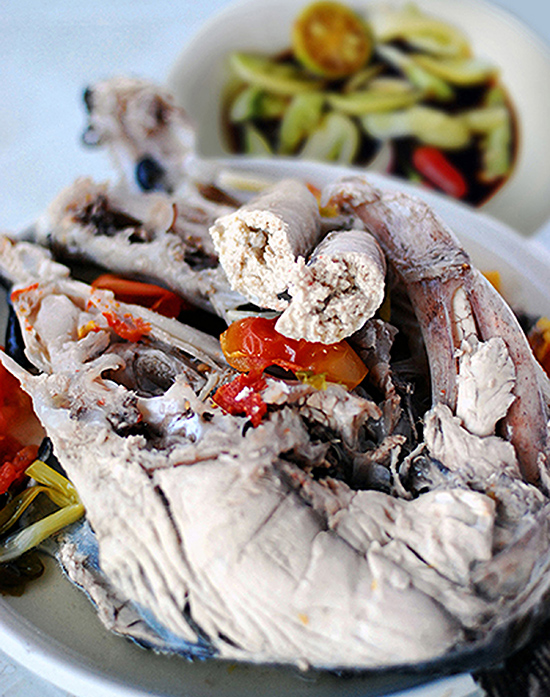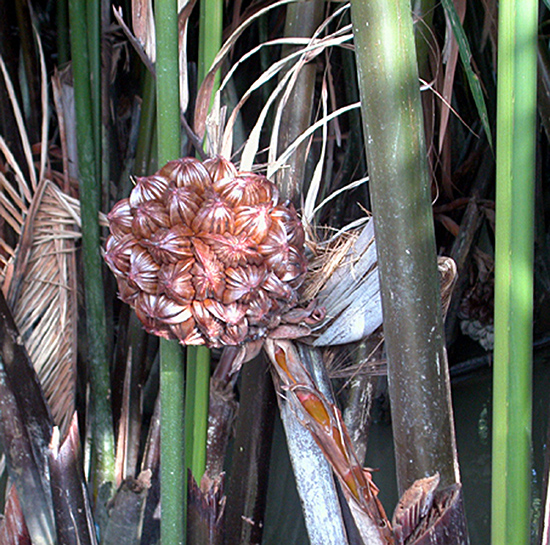Stay out of our kitchen (if you can’t take the heat)
The public outcry about the Department of Trade and Industry - Bureau of Philippine Standards’ (DTI-BPS) project on “standardizing” our adobo has died down. Or so it seems.
Since the news broke out last month, I’ve had at least two invites for interviews and three Zoom webinars regarding the matter, including one next week on Aug. 25. It appears that the dust hasn’t quite settled yet. Though quiet at the moment, a little seismic pressure might just trigger another eruption much more violent than the first.
The DTI-BPS hit a raw nerve in the nation’s sensibilities. So strong, in fact, that the tremor was felt by our kababayans as far as New York City. Unwittingly, this government agency opened a can of worms — it created a lot more problems than what they originally tried to correct. Why fix it if it ain’t broke, so they say.
To set the record straight, I gathered from a very reliable source that our good DTI secretary was just as shocked as everybody else when he read the “standardization” on the news. He was quick to put out the kitchen fire. Nevertheless, the buck stops with him. Setting aside all the finger-pointing and bad publicity, a silver lining shone through in spite of it all.
A very positive thing came out of this negative move by the DTI. Since the pandemic, it’s probably the only “positive” result that is welcome news.
In my interviews and virtual discussions, some recurring questions remain: Can one really standardize adobo (or sinigang, lechon, sisig, ad nauseam)? How to remain authentic? Traditional? Where is Philippine cuisine headed?
Upon the release in the media of the DTI’s standardization project, the whole nation was not only united against it — in the gravity of China grabbing our West Philippine Sea islands — but also everybody I knew went scampering into their kitchen to cook their favorite chicken-pork adobo recipe. For a very brief moment there, self-doubt and insecurity crept into one’s mind.
“Is there something wrong with my adobo? Why would DTI standardize its recipe?” But then, of course, after having a whiff and a bite of their favorite comfort dish, everybody was reassured that theirs was still the best among hundreds — nay, millions — of variants. For there are as many variants of adobo as there are households.
In three chat groups where I belong, a DTI adobo-roasting party had been planned on each when the quarantine eases up. “Let DTI eat its standardized adobo!” is the party’s theme.
This fiasco started a national debate that even an international tribunal would have a hard time arbitrating. To make matters worse, the official media release did not stop with adobo. Next in line are “sinigang, lechon, sisig, and other local dishes.”
In my interviews and virtual discussions, some recurring questions remain: Can one really standardize adobo (or sinigang, lechon, sisig, ad nauseam)? How to remain authentic? Traditional? Where is Philippine cuisine headed?
Cooking method
Most of our dishes are named after the cooking method they are prepared with. Hence, we have adobo, which is basically braising meat, seafood or even vegetables in vinegar, garlic, pepper, a salting condiment (salt, patis, toyo), and other herbs and spices, depending to one’s preference.
Sinigang, on the other hand, is a soup/ stew, boiled with a sour fruit or sour leaves, depending on the seasonal availability of fresh ingredients in one’s locality. There’s sinigang with green tamarind, kamias, guava, kamatis, alibangbang leaves (Bauhinia), etc. The degree of sourness would also depend on the region’s taste profile.

Sinigang is basically a Tagalog and Pampango term, where its natives like their soup very sour. Whereas in the Visayas, the Cebuanos hardly like it sour, adding only a token tomato and a droplet of kalamansi at the end of boiling their tinowa/tola.
The Ilonggos of Iloilo City and Negrenses of Bacolod use an endemic, lightly sour fruit, batwan, to flavor their soups.

Meanwhile, in Legazpi City, Albay, in the Bicol region, a clear-broth fish-head soup similar to sinigang is called cocido (not to be confused with the Spanish cocido). It’s closer to the Cebuano tinowa. And in both places, only the fish head is used. There’s no tinowang baboy, nor cocidong baka.

If the DTI-BPS’s objective is to create a “baseline recipe” for international promotions, the private sector has pretty much succeeded in establishing these standards — with the instant sinigang and adobo mixes, the bulk of its ingredients being citric acid and MSG. Is that the standardization you’re aiming for?
Speaking of vinegars, if one is to capture the “authentic” flavors of Filipino adobo, one has to use what the locals use, right? Every region in our archipelago would have their specific raw material abundant in their locality to make their respective vinegars. Thus, we have vinegar from sugarcane, coconut (tubá), nipa palm (sasá), arengga palm (kaong), banana, pineapple, etc.

Fortunately for us who live outside the metropolis, we have access to artisanal vinegars, naturally fermented in small batches for six to 12 months. Most vinegars available in supermarkets made by mega manufacturers use acetic acid to expedite its market readiness within six days. And they’re so-called “export quality.”

In a Filipino kitchen, a dish conforms to the maker and not a codified recipe. The kusinero makes do with what is available, what is afforded, and what is preferred. A recipe is there simply as a guide.
It is this adaptability and flexibility that keeps our cuisine dynamic and alive. New culinary traditions are created with the introduction of new cooking techniques and foreign ingredients into our shores. Every generation creates its own tradition.
In economics, laissez-faire means the abstention of government from interfering in the workings of the free market. Let our cuisine be. Leave it alone. The message is loud and clear: DON’T MESS AROUND WITH OUR FOOD.


